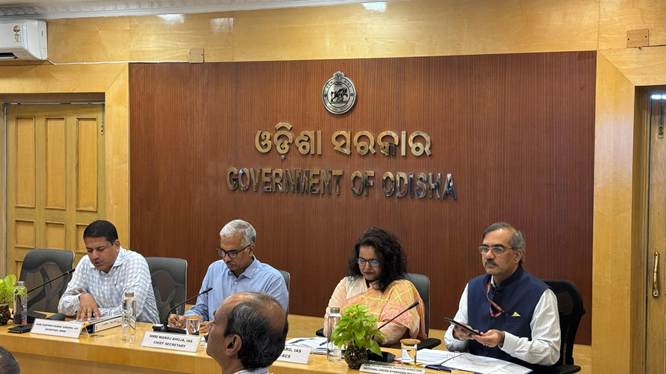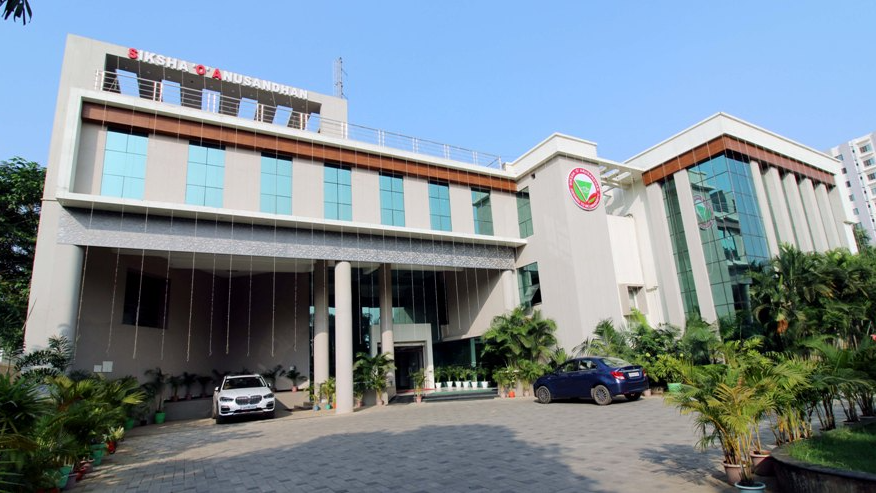Complaints Management under Banking Ombudsman Scheme

The Reserve Bank of India (RBI) had notified the Banking Ombudsman Scheme (BOS) in 1995 and over the time, it has undergone five revisions. BOS has evidently performed very well over time. However, the job of Banking Ombudsman (BO) becomes increasingly critical, as the number of banking players multiply, more and more innovative and complicated products and services enter the market, and last but not least, customers become increasingly knowledgeable and informed. Dr Manas R Das Customer satisfaction is of paramount importance especially in the banking industry. Over time, the banking sector has hugely widened and deepened, and therefore, increasing occurrences of complaints are quite but natural. RBI and the banking sector have put in constant efforts to bolster the institutional arrangement for expeditious and appropriate dispensation of complaints received at various levels on ‘least-cost’ basis, both to the complainant and the bank. RBI had notified the Banking Ombudsman Scheme (BOS) as early as in 1995. Over time, it has undergone five revisions, the last one being in 2017. The scheme covers all commercial banks including Regional Rural Banks, Small Finance Banks and Payments Banks, and scheduled primary (urban) cooperative banks. The scheme is being administered through 22 Offices of Banking Ombudsman (OBOs) encompassing all geographical regions. RBI bears the cost of running the Scheme. In 2018-19, RBI extended the Ombudsman Scheme for deposit-taking Non-Banking Financial Companies (NBFCs-D) to non-deposit taking NBFCs, launched the Ombudsman Scheme for Digital Transactions, rolled out Complaint Management System (CMS), a ‘one-stop’ portal for lodging grievances, and launched the Internal Ombudsman Scheme which mandated banks with more than ten branches to appoint an Internal Ombudsman to serve as an objective review mechanism to support their internal customer grievance redressal structure. No. of Complaints Received Chart 1 presents the number of complaints received on all-India basis for the last five years. {"id":99623,"width":583,"height":456,"sizeSlug":"large","linkDestination":"none"} During the five-year period 15-16 to 19-20, the number of complaints grew at a Compound Annual Growth Rate of 31.6%. On Year-on-Year (YoY) basis, the growth rate, after peaking at 27.3% in 2016-17, went on a decline in the next two years before steeply climbing t0 57.5% in 2019-20. The increase in the number could be attributed, inter alia, to (a) increasing awareness among the public – a positive development, no doubt, (b) greater availability of various modes of lodging complaints, especially the electronic modes and (c) surge in card and mobile payments or payments via electronic modes during the Covid-19 induced lockdown periods. Complaints: Population Group-wise The proportion of complaints received to the total was much higher in urban and metro areas in comparison to rural and semi-urban areas. During 2019-20, the number of complaints in semi-urban and metro areas witnessed unusual surge. Mode of Lodging Complaint There is a visible trend among complainants gradually switching over to e-mails and online modes of complaint registration. The ratio of complaints to the total via these modes together steadily rose from 49% to 86% over the five years. Individuals (including those belonging to the business class) constituted the bulk of complainants, as they formed the largest customer base. Bank Group-wise Complaints As the majority of population banks with public sector banks, they commanded the bulk of the complaints (six-tenth), although on a declining trend basis. The share of private banks gradually increased from about 23% to 28% during the five-year period. Nature of Complaints Table 1 presents the composition of the nature of complaints and its movement over the five-year period. {"id":99624,"width":603,"height":363,"sizeSlug":"large","linkDestination":"none"} Taking 2019-20 into account, the top four complaints, i.e., nos.1, 2, 3 and 4 in Table 1 constituted over four-fifth of the total complaints. It is noteworthy that both card related complaints and mobile/electronic banking related complaints witnessed significant increases in 2019-20 over those in the previous year. This could be due to unprecedented increase in transactions via these modes during the shutdowns. Complaints Resolution Most of the complaints were disposed of in the same year those were filed. This was achieved without additional human resources due to efficiency gains arising from the CMS and extra efforts put in by the respective OBOs. Concluding Remarks BOS has evidently performed very well over time. However, the job of BO becomes increasingly critical, as the number of banking players multiply, more and more innovative and complicated products and services enter the market, and last but not least, customers become increasingly knowledgeable and informed.
Latest News

Railway Ministry sanctions Cuttack–Nergundi 4t...

MNRE Secy reviews National Green Hydrogen Miss...

Radhika Yadav Murder: Autopsy Reveals Four Gun...

Violence during Driver’s strike: 8 Odisha driv...

Elon Musk's Tesla Sets India Launch Timeline:...

Regulatory failure never led to Jane Street’s...

Naveen coming back home tomorrow: BJD set for...
Copyright © 2024 - Summa Real Media Private Limited. All Rights Reserved.
























